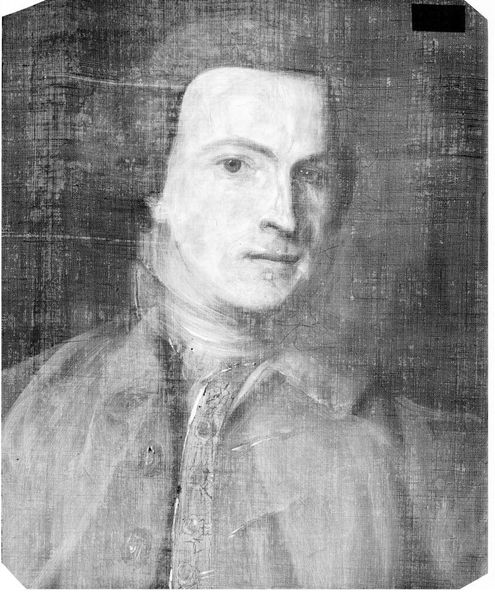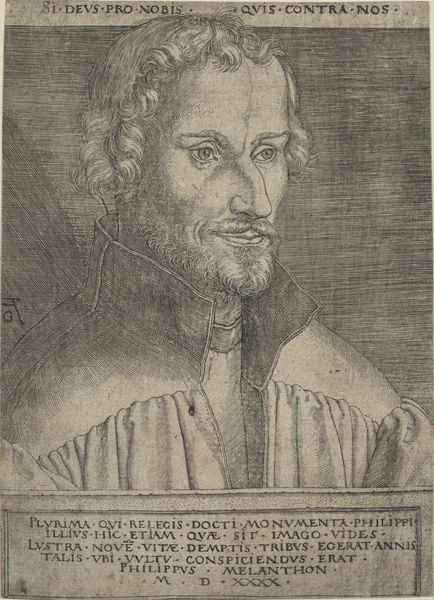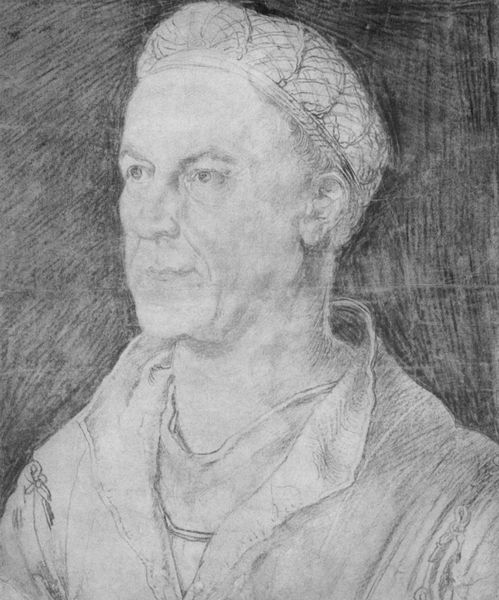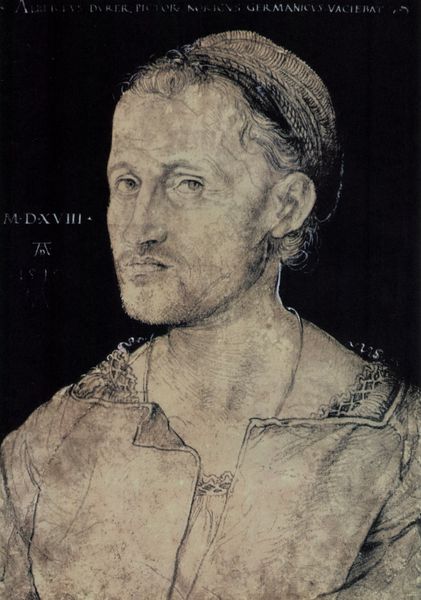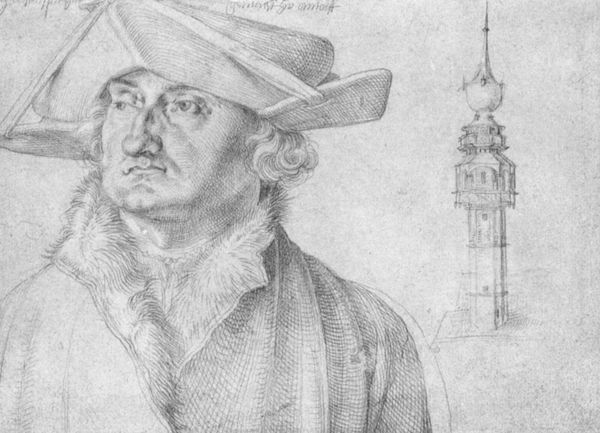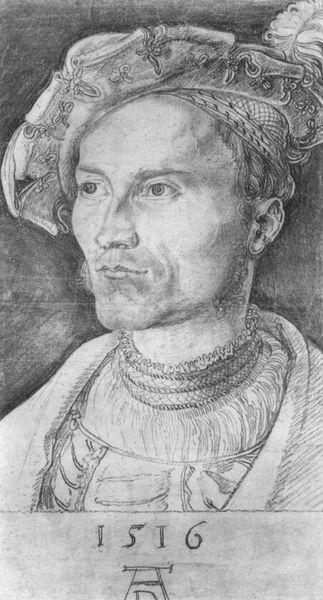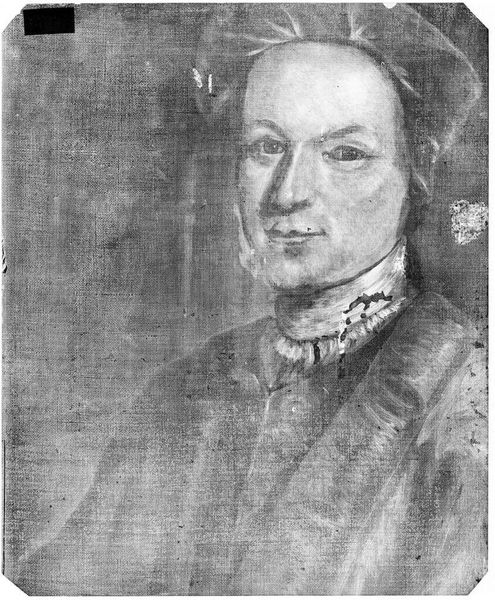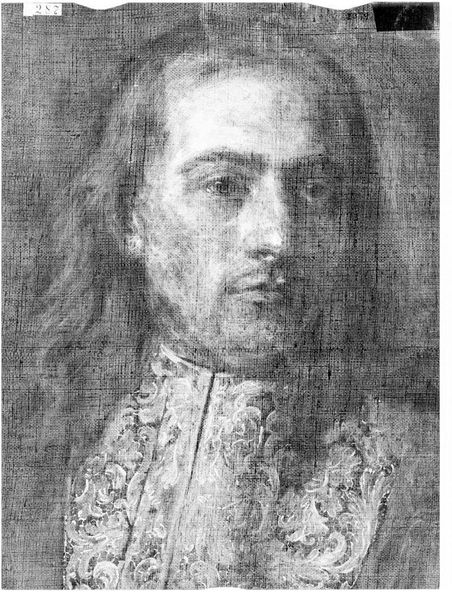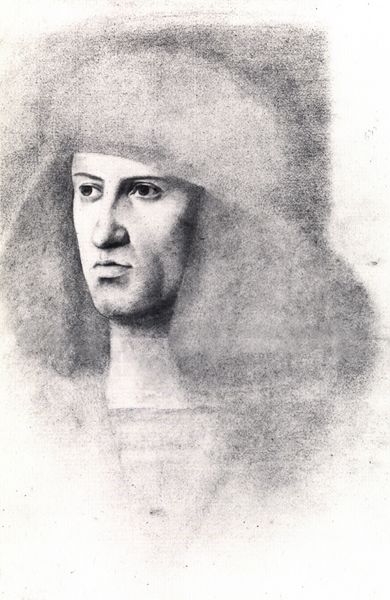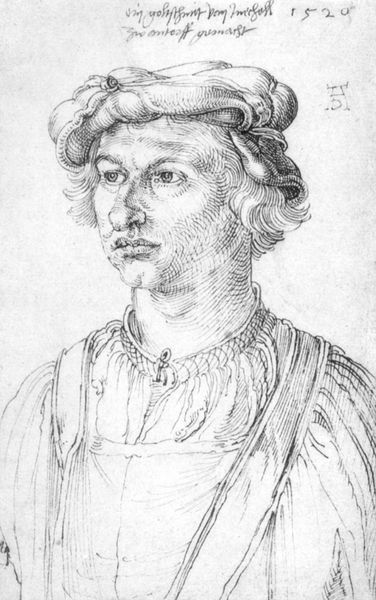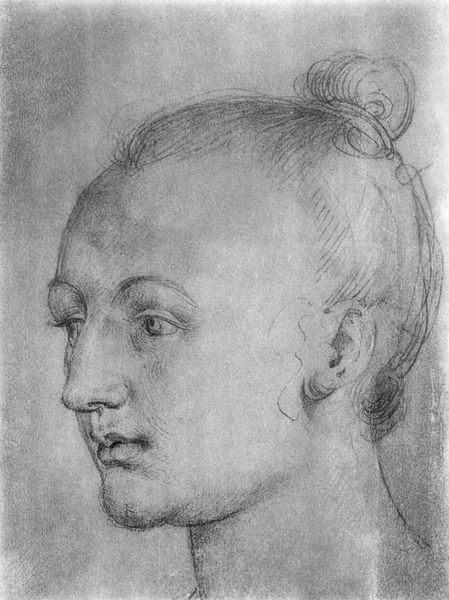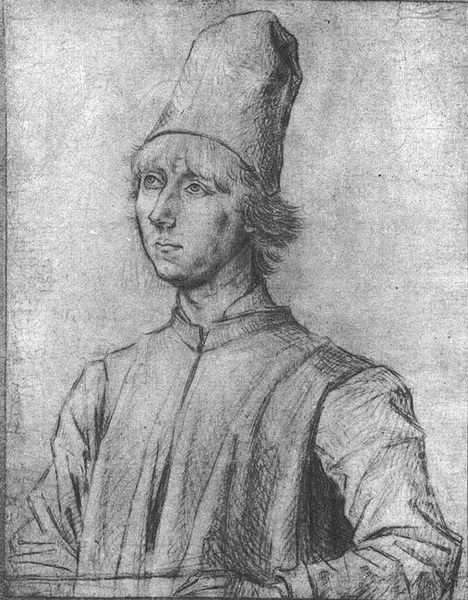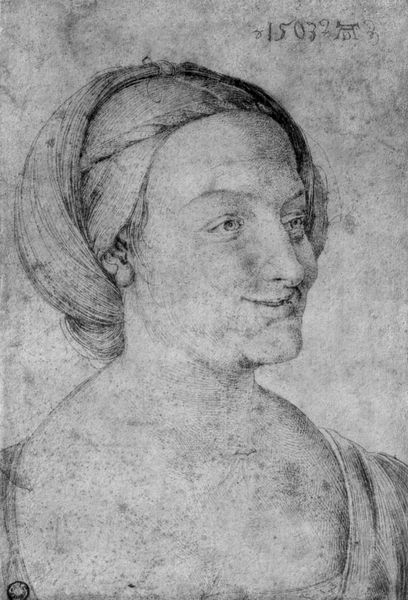
drawing, pencil
#
portrait
#
drawing
#
figuration
#
11_renaissance
#
pencil drawing
#
pencil
#
portrait drawing
#
northern-renaissance
#
realism
Copyright: Public domain
Curator: Here we see a pencil drawing crafted in 1514 by Albrecht Dürer, titled "Portrait of Dürer Endres, brother of the painter," now housed in the Albertina in Vienna. Editor: He appears both severe and rather knowing, wouldn't you agree? There's a definite feeling of shrewd calculation about him. Curator: Yes, his expression certainly intrigues. Looking at the date, it's interesting to consider the socio-economic position Dürer and his family occupied within Nuremberg society at that time, and how Endres, as a family member, would both benefit from and possibly be constrained by his brother’s success. Editor: Indeed. And notice the precise rendering of his features. Dürer masterfully captures not only the likeness but also something of the sitter’s inner character through subtle symbolism embedded within the seemingly realistic depiction. The pursed lips could signify a man of secrets or suppressed emotions. Curator: That reminds me of the Renaissance fascination with physiognomy – the belief that one's character could be read from their physical appearance. How might Renaissance society read this portrait? It’s vital to interpret this piece beyond a simple family depiction, recognizing its location in broader trends of power and status representation. Editor: The direction of his gaze is key as well. The profile view emphasizes a detachment, almost a noble bearing, perhaps suggesting Endres saw himself with certain dignity befitting his family. What strikes you as more historically rooted? I see subtle classical influence. Curator: In regards to history, there's his positioning within Nuremberg's artistic patronage networks; the choices in the construction and display of his identity say a lot about the emerging bourgeois culture, which isn't all together visible here. Editor: Considering the detail given to his clothing, the soft ruffles around his neck – so carefully rendered – it feels very representative of status and class. Curator: Understanding that Endres is not only Dürer's brother, but part of this larger Renaissance project is very important. Editor: A final reflection? Dürer has once again given us a layered portrayal—one that both presents an individual and serves as an enduring symbol for broader human truths and ambitions during that transformative era. Curator: It is always fruitful to contextualize our subjects in relation to prevailing systems of identity and control. Thanks for the reminder!
Comments
No comments
Be the first to comment and join the conversation on the ultimate creative platform.
